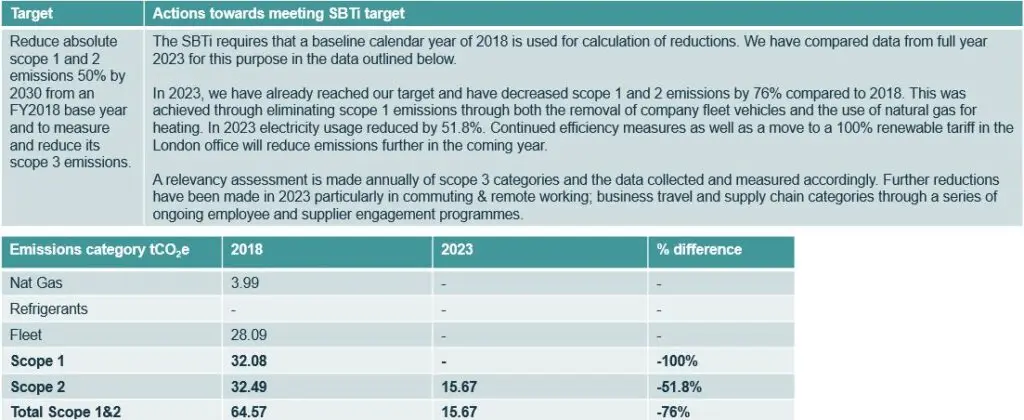Our emissions reduction goals have been approved by the Science Based Target initiative and are in line with limiting global warming to 1.5°C. We have committed to net zero in the operation of our assets under the World Green Building Council’s Net Zero Carbon Buildings Commitment.
Our plan includes both the direct activities of our organisation (emissions scopes 1 and 2), and the wider impact of our whole value chain (emissions scope 3).
We will seek to prioritise emissions avoidance and emissions reduction. Additionally, through the development of an offsetting strategy based on a recognised offsetting framework, we will seek to offset to compensate for unavoidable emissions.
Our reporting is performed by an independent specialist third party in accordance with the Greenhouse Gas Protocol. Our plan is underpinned by strong data and we will continue to improve data coverage/integrity and report our progress annually.
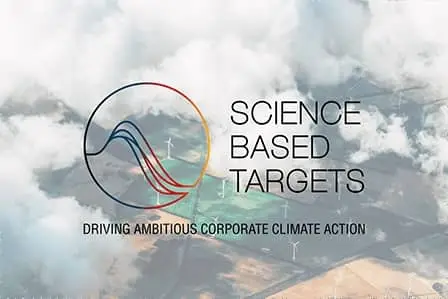
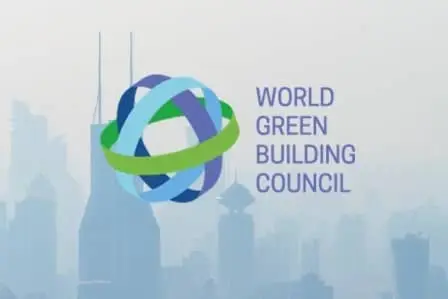
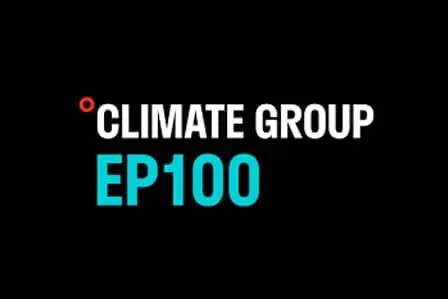
Electricity use and gas for heating
Travel and transport for business purposes
Travel to work and energy use associated with remote working
Emissions relating to the goods and services that we buy
To maintain accurate and consistent reporting of greenhouse gas emissions in line with the GHG Protocol Corporate Value Chain (Scope 3) Accounting and Reporting Standard, an exercise has taken place to compare current emission calculations with those calculated using the latest DEFRA (Department for Environment, Food & Rural Affairs) emission factors, reflecting current data and methodologies.
As there was a material difference between the resulting data sets, this triggers the requirement to perform a rebaselining exercise of our Scope 3 emissions, in namely our supplier and some business travel categories. We have performed this for baseline, prior and current year data sets.
By doing this we are using factors specifically designed for UK reporting, tailored to reflect the UK energy grid and which are widely recognised by UK regulators.
We build consistency across all of our reporting scopes leading to a more coherent emissions inventory.
We can apply annually updated emission factors reflecting grid energy mix, and with more UK specific category alignment.
Consistent methodology is now being used for baseline and current year emissions, making comparisons and forward projections more accurate.
This exercise was conducted in accordance with the GHG Protocol’s guidance, which highlights the need to update baselines when significant changes to calculation methodologies, emissions factors, or activity data occur. By doing so, we reinforce the integrity and credibility of our Scope 3 emissions inventory and demonstrate our commitment to robust and transparent GHG accounting practices.
The rebaselining exercise does not affect Watkins Payne’s Science based target.
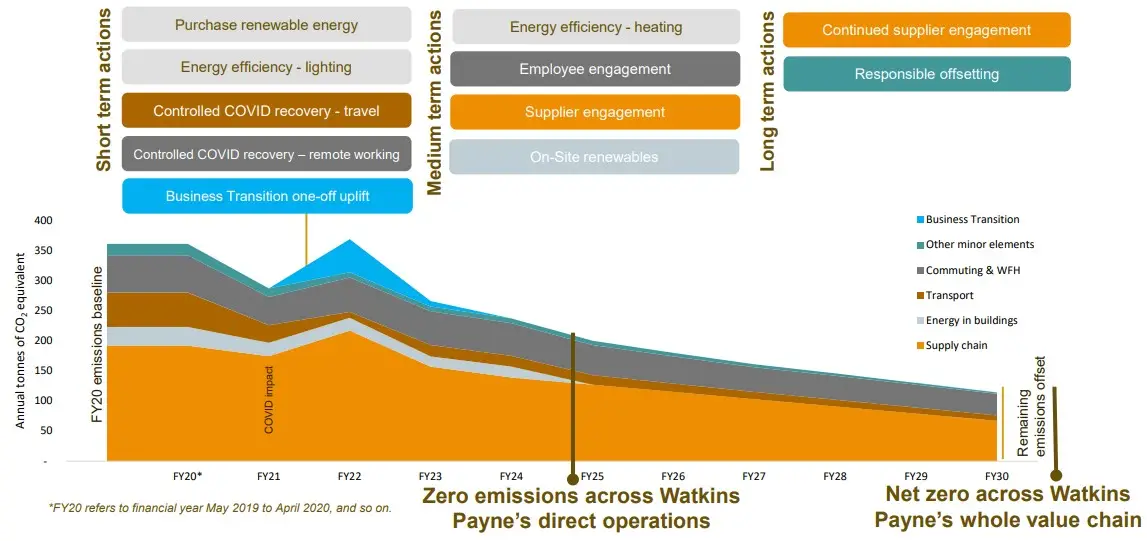
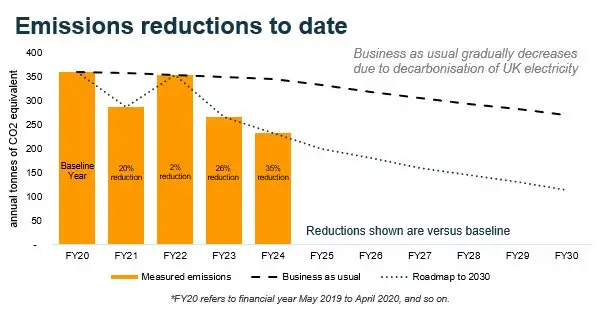
Signed up to WorldGBC’S Net Zero Buildings Commitment
GHG emissions measured & 2030 roadmap in place
Targets approved by the SBTi
Move to more energy efficient London office
Zero emissions across Watkins Payne’s direct operations
WorldGBC’s Net Zero Carbon Buildings Commitment reached
Net zero across Watkins Payne’s whole value chain

*Scope 3 emissions include purchased goods and services; fuel and energy related activities; waste generated in operations; business travel; and employee commuting and remote working.

Steady progress has been made across scopes 1, 2 and 3 to mitigate the post pandemic emissions increase and to continue towards our emissions reduction goals. Future initiatives will include:
